Dental business today has advanced far ahead and is divided into several closely related areas. The most demanded is a narrow-profile specialist dentist-orthopedist. Usually, this is an experienced doctor who knows all modern methods of restoring the functions of teeth. But not everyone knows what exactly he does.
Record content:
- 1 Classification of doctors
- 2 Characteristic
- 3 Popularity of services
-
4 Types of prosthetics
- 4.1 Microprosthetics
- 4.2 Removable dentures
- 4.3 Fixed structures
- 5 Orthodontist
- 6 Differences of specialties
- 7 Video about dentists orthopedists
Classification of doctors
The profession is divided into several types:
-
Dentist therapist. Most popular qualification. It is about him that they talk about when they visit an examination, put fillings or build teeth. A dentist-therapist is usually the first doctor visited by absolutely everyone who has some kind of dental problem.
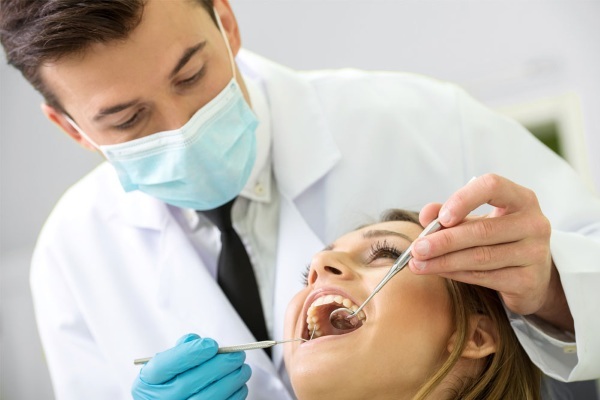
- Surgeon. A doctor of this specialization deals with those teeth where it is no longer possible to resort to a simpler treatment option. The specialist will carry out the operation to remove the teeth, plant the connective tissue, prepare and carry out the implantation.
- Dentist-orthopedist (what this doctor does is discussed below) is engaged in work, which includes the restoration of lost teeth that could not be saved by the therapist. It is this specialist who is engaged in prosthetics, makes dental impressions, and also tries on, adjusts and completely fixes them in the patient's oral cavity.
- Implantologist. The rapid development of dental implantation has led to the emergence of doctors who specialize in this area. They insert implants into the jaw tissue in such a way that the restored teeth are similar to natural ones in functionality.
- Dentist-orthodontist. The doctor specializes in bite correction using special braces and mouth guards.
- Children's doctor. This type of dentist is special. Children are their patients from the moment of birth until adulthood, when all the dentition has already been formed. Children and parents should not have the same dentist. An adult dentist does not have all the information and the necessary qualifications to treat a child, and can easily harm.
Characteristic
Orthopedics, in general, is a significant part of medicine that specializes in issues of the musculoskeletal system. In dentistry, orthopedics is its independent component.
The orthopedic dentist deals with the elimination of problems arising in the work of the chewing apparatus, based on the restoration of its integrity and functionality through prosthetics.
Orthopedic dentistry is focused on solving many problems that arise in the dentition. The doctor solves the cosmetic imperfections of the enamel with the help of veneers. They are also used in cases of chips, abrasion, cavities between teeth, wedge-shaped defects, injuries, fluorosis, old fillings, color differences in enamel.
Prosthetics in modern medicine helps to solve problems associated with irregular shape, fragile structure.
The dentist, using ceramics or cermets, makes durable prostheses that are indistinguishable from healthy teeth. Orthopedic dentistry also copes with such a problem as complete loss of teeth or most of them. Specialists use removable dentures for this.
Prosthetic dentistry sets itself such important tasks as:
- prevention of pathologies of the chewing apparatus;
- restoration of the dentition;
- prosthetics;
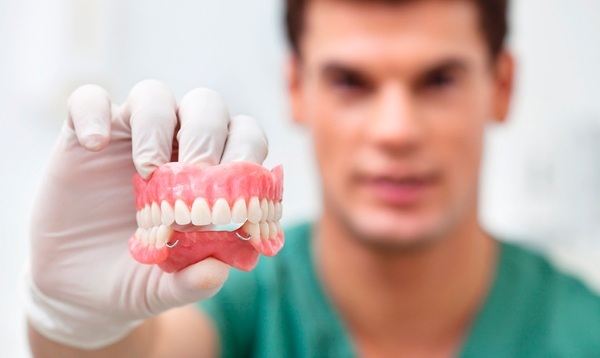
- diagnostics, prevention and treatment of imperfections of the speech apparatus;
- normalization of swallowing function;
- treatment of jaw ailments by means of devices and structures;
- giving teeth aesthetic appeal after treatment;
- maintenance and preservation of healthy teeth;
- improvement of the methods used.
Specialists in this field spare no effort and time for the treatment and prevention of various dental imperfections, trying to make the life of their wards as simple as possible. Orthopedists are able to resume the normal operation of the dentoalveolar apparatus.
When working with patients, orthopedic dentists primarily strive to achieve:
- their greatest comfort;
- the longest possible service life of the installed prostheses;
- naturalness of designs.
Professional and high-quality therapy is based on a personal approach, trust and mutual understanding between the dentist and the patient. Thanks to the work of orthopedists, patients gain beautiful smiles and self-confidence.
Popularity of services
An orthopedic dentist is a dentist who specializes in dental prosthetics. Its ability to restore both the outer and inner parts of the tooth. In today's world, this profession is not just in demand, but necessary.
Patients who have lost their teeth can regain their dentition by means of implants, which outwardly and in functionality are not inferior to healthy ones. The number of patients and their level of trust is directly related to the professionalism of the doctor.
Most often, patients turn to orthopedic dentists on the following issues:
- clasp prosthetics;
- installation of lumineers;

- restoration of teeth;
- installation of veneers;
- removable and fixed prosthetics.
An orthopedic dentist (which the doctor does before the procedure is discussed below) examines the patient and takes the necessary tests and only then proceeds to the preparation and the prosthetics itself.
After receiving all the necessary information, the dentist proceeds to the manufacture of the prosthesis. Guided by his theoretical and practical experience, the doctor chooses the most suitable material and proceeds to the manufacture of crowns and inlays, taking into account all the patient's nuances. Also, the specialist's duties include correcting various flaws after the prosthetics procedure.
In addition to adults, children also need to visit an orthopedic dentist. In some cases, prosthetics is the only way out for them. Treatment is carried out by a pediatric orthopedist. His duties include a comprehensive study of the dentoalveolar system.
In addition to the installation of prostheses, the doctor carries out procedures for the restoration of teeth. Whenever possible, the orthopedist always gives preference to restoration over prosthetics. A pediatric specialist successfully eliminates pathologies resulting from dental injuries, relieves ailments after dental filling.
Also, a pediatric orthopedist conducts treatment and prevention of problems such as:
- cheilitis;
- periodontitis;
- pulpitis;
- erosion of the teeth;
- caries.
A specialist should be consulted on the recommendation of the attending physician or if you have the following problems:
- An orthopedic dentist (what the doctor does if the tooth cannot be restored depends on the specific situation) will solve the problem if the fillings can no longer help in the restoration of the tooth. But first of all, to save teeth from severe caries, you need to contact a dentist-therapist.
- Fluorosis. If there is a large amount of fluoride in the body, teeth can deteriorate. In order to avoid inflammation, the damaged area must be repaired.
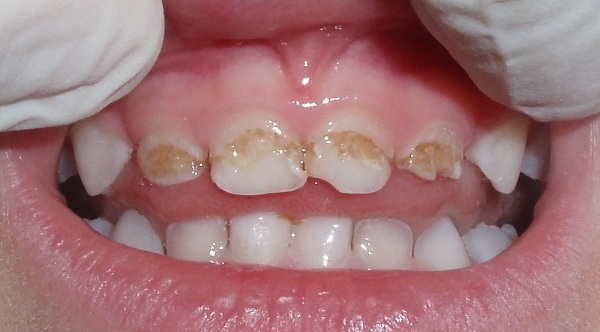
- Tooth injury. If a tooth is damaged or knocked out, an orthopedic dentist will help restore it.
- Loss of milk teeth at a very early age. The specialist with the help of the retainer will help to save space for the eruption of new teeth.
Types of prosthetics
The restoration of the functions of the dentoalveolar apparatus by means of prosthetics is a common practice. Dentures are of several types. All of them have their own advantages and disadvantages, design features and method of removal.
Microprosthetics
This direction belongs to the modern and popular dental directions, which helps to save very decayed teeth, improve their appearance, and also restore functions. This type of prosthetics has significant advantages, due to which it has gained considerable popularity.
This technology is somewhere between conventional filling and traditional prosthetics. It contains some of the elements of these two procedures and is an alternative to them. Specialists manage to make a fairly quick and high-quality recovery without grinding the patient's teeth.
Removable dentures
This type of prosthetics, such as removable dentures, is quite convenient. The main reason for this is retrievability. Maintenance of such a prosthesis does not cause any problems or discomfort. Brushing your teeth even takes more time. Usually, for the manufacture of removable dentures, nylon or acrylic is used, due to its low weight and plasticity.
Among the shortcomings of a removable denture, one can single out possible loss during use, rapid wear, high load on the gums, and an unattractive appearance.
There are several types of removable dentures. There are butterflies, clasp, plate and sandwich.
All variations of removable dentures do not require advance preparation of the patient's oral cavity. The only important condition before installing the prosthesis is to take an impression. This is required in order for the shape and size of the prosthesis to be as appropriate as possible.
Fixed structures
A non-removable type of prosthesis implies the impossibility of removing the installed structure on your own. The dentist installs the prosthesis on a previously prepared base. The patient's remaining teeth are taken for the supporting element. The structure is usually fixed with medical cement, which guarantees a safe and strong connection between the base and the prosthesis.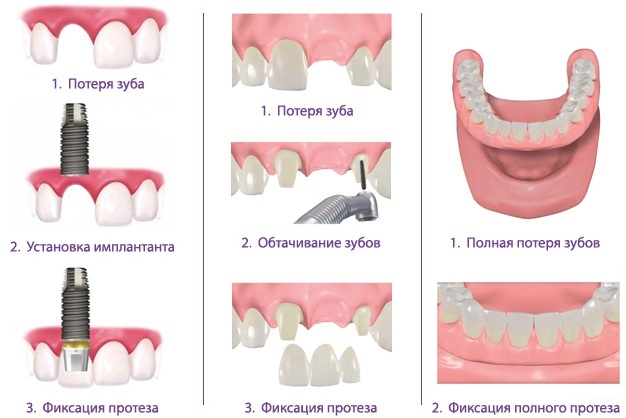
Fixed dentures are of several types. Depending on the situation, the doctor can place a bridge, veneers, inlay or crown.
Which device is suitable for each specific situation is determined only by an orthopedic dentist. Despite the differences, they are all strong and durable.
Orthodontist
An orthopedic dentist (which the physician discussed above does) is engaged in activities other than an orthodontist. This is a specialist who corrects deviations of the dentition. There is a misconception that he specializes in injuries such as dislocated jaw. The doctor is responsible for correcting birth defects, hereditary and childhood defects.
The most common pathologies treated by an orthodontist are:
- various forms of malocclusion;
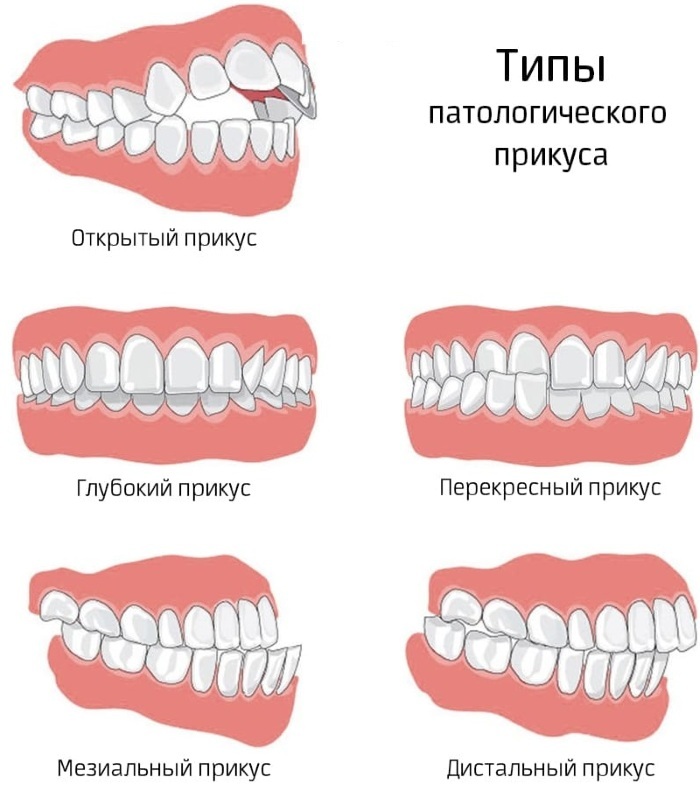
An orthopedic dentist does everything related to correcting a pathological bite - non-standard dentition;
- difficulty breathing;
- incorrect location of the teeth;
- pathology of speech and chewing functions;
- unusual shape of the teeth;
- asymmetry of the face.
These pathologies do not always appear from birth. There are frequent episodes when a child's bite develops incorrectly only after reaching school age.
A timely visit to an orthodontist will help to avoid pathologies of the teeth and gums. At the reception, the specialist conducts the necessary tests, diagnoses and selects the most suitable treatment method for the patient. Also, the dentist applies preventive measures aimed at preventing the appearance of various diseases.
In the presence of orthodontic problems, a specialist will prescribe treatment. There are 2 main ways - surgical and conservative. The first option is used extremely rarely when alternative treatment cannot give a positive result. The second method is preferred by dentists. It includes 2 methods - hardware treatment and myotherapy.
Myotherapy is a special gymnastics that is aimed at stimulating the functions of the jaw muscles. The greatest effect is achieved in the treatment of pathologies in children, when the installation of a prosthesis is not possible. For adults, myotherapy is used as a prophylaxis.
The technique consists of:
- language exercises;
- tilting the head while chewing;
- rinses;
- massage the gums and palate with a brush.
Apparatus treatment is implemented through various corrective devices. This method is suitable for patients of all ages. The more the patient is, the longer the therapy will be. To implement the technique, the orthodontist resorts to braces, aligners and plates. Each of these structures is put on in no more than 1 hour.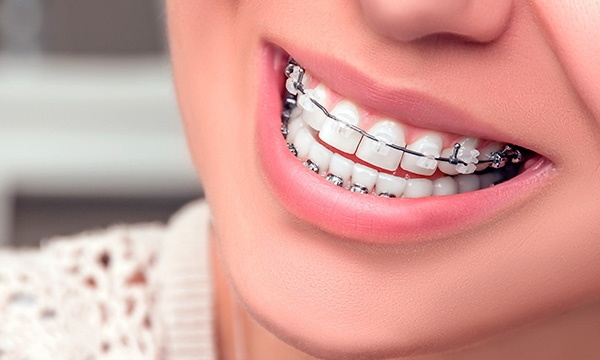
In the presence of a severe degree of pathology, the only way out is surgical intervention. Depending on the problem, the orthodontist can remove interfering teeth or part of the bone tissue, as well as perform a compactosteotomy. A competent dentist-orthodontist is able to make beautiful not only a smile, but the whole face.
Differences of specialties
Orthodontics and orthopedics are narrowly specialized medical fields that have similarities and distinctive features. The primary difference between the specialties is that only orthodontics is associated exclusively with the dental business.
| Dentist-orthopedist | Dentist-orthodontist |
| A doctor whose activity is based on prosthetics and restoration of damaged teeth | A doctor whose activity is based on the diagnosis and correction of various dental defects |
Who is applying:
|
Who is applying:
|
What is he doing:
|
What is he doing:
|
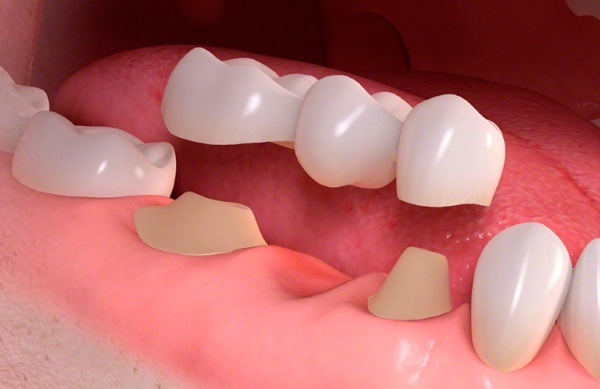
Despite the differences, an orthopedist and an orthodontist have one common goal - to save people from various dental defects. The result of their work is the restored aesthetic appearance and normalized chewing function.
If you have serious problems in the oral cavity, it is best to immediately make an appointment with a narrow-profile dentist. He will professionally solve the problem and keep the oral cavity healthy. But in order to understand which specialist to turn to, it is best to study what an orthodontist does and what an orthopedic dentist does.
Article design: Vladimir the Great
Video about dentists orthopedists
What does an orthopedic dentist do:
